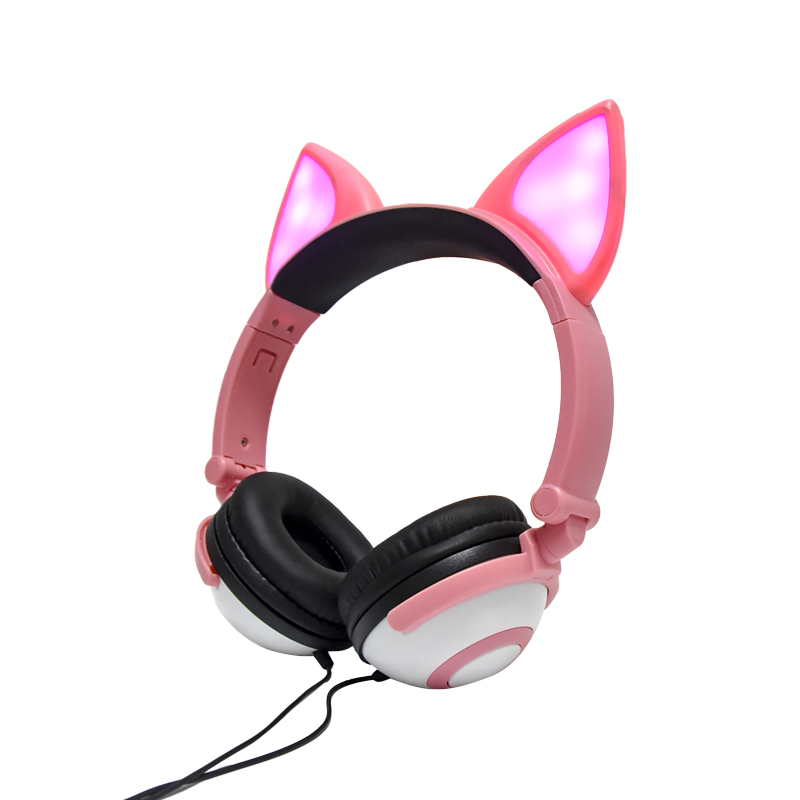If you use a touch screen phone, you have a chance to experience the magic of HapTIcs technology, which brings the user experience of gaming consoles, touch screen devices and mobile electronics to a whole new level.
Why do people take such a weird name for such a "cool" functional technology? In terms of words, it makes me very puzzled. The word "HapTIcs" comes from the Greek word "?πτω", which means "I stare at it, I touch." Basically, a system with tactile function achieves operational feedback through tactile vibration. The Greeks used the word in the future and did not use much, until modern haptic technology was widely used in all walks of life to give it a new meaning. This technology was first applied in the aerospace sector, allowing pilots to "feel" the simulated vibration of the joystick when the aircraft engine is turned off. On old-fashioned aircraft, this kind of vibration is real, but after the control system is improved, the aircraft will detect this vibration and then force feedback to the system.
In recent years, haptic systems have expanded into the field of simulation and electronics. Some devices that allow users to feel and feel things in distant (or virtual) environments have been widely used in mining, architectural design, education, and even telemedicine. On a more personal level, haptic feedback technology allows you to watch a movie quietly, be reminded of a meeting to attend, or be reminded of a lottery winning text message, and your neighbors are completely ignorant of it. In the game world, since your controller integrates an embedded actuator and programmed in the game, when your car is about to drive out of the road, or if you are injured in Halo grudge match (Xbox game) Tactile feedback technology will remind you.
How does this technology matter to you? We won't repeat it. Let's talk about how it works! Basically, there are two types of tactile sensing technologies in today's market: old school and emerging school. However, both factions are essentially based on motors. Each topology has its own advantages and disadvantages and unique features. Let's take a closer look at each topology.
Deflection Quality (ERM) - Old - fashioned deflection quality is the oldest and most mature tactile feedback technology on the market. Think back to all the vibration-enabled devices of your childhood, most of which were achieved by ERM. As shown in FIG, 1 has the ERM comprising a rotating eccentric mass, which forms a omnidirectional vibration during rotation, vibrations propagate through the device, for example, you will be using the phone is in silent or vibrate mode when you shake.
Figure 1 deflection mass (ERM) tactile actuator structure
Unfortunately, due to structural problems with ERM, the ability to form complex waveforms is limited. The frequency and amplitude of each wave are coupled together to the input control voltage, allowing you to use only one variable to produce different vibration effects. In general, you can only get different pulse or speed combinations, which is similar to Morse code. Compared to the newer technology, this method of waking up the motor to stop its work and then stop has some limitations. ERM becomes a relatively slow option when speed and response time are required. However, the advantage of this technique is that it has been one of several cost-effective solutions currently available because it has been around for quite some time.
Linear Resonance Actuator (LRA )-- Emerging
The new generation of haptic feedback technology is a linear resonant actuator that has been widely adopted by many new handheld device manufacturers. LRA is basically a spring connected to the magnet, is surrounded by a coil, it is placed in a box-shaped housing, as shown in FIG. 2. The magnet is controlled to move in a linear fashion and eventually reach the resonant frequency. This mode of operation at the resonant frequency allows the driver to operate at lower power consumption, with an average power consumption 30% lower than the ERM; however, it is limited by this frequency.
When the LRA drive frequency is moved outside the resonant band, efficiency and performance are greatly reduced. This becomes a design issue that needs to be addressed because the spring constant can change due to losses, temperature fluctuations, or other environmental factors, such as whether the LRA device is stuck or not (if not, there is no need to worry about performance issues.)
Figure 2 Linear Resonance Actuator (LRA) Haptic Actuator
Although there is no flexibility in terms of frequency, the amplitude of the input signal can still be adjusted. The signal is sent to add extra degrees of freedom and unique waveforms that are not achievable with ERM. Regarding response time, LRAs also outperform ERMs because they can provide key confirmation feedback by entering multiple letters in one second, making them ideal for text messaging or any input application.
We have already introduced the new and old two parts of the tactile actuator, but there is still another type of actuator that we have not covered. This type of actuator is not a motor type, it has amazing response times, high energy efficiency, and has a much smaller footprint than ERM and LRA. This ideal new device is called a piezo actuator.
Fox Ear Headphones are the latest exclusive patented headphones designed by LINX Headphone Factory. On the basis of ordinary headphones, plus fox ears, it is more lovely. The fox ear emits colorful LED lights, and the lights can be freely controlled. There are 3 LED ways: flashing, LED always on and off.
Advantages:
1. Fox ears, exclusive private model patent, cute shape.
2. LED bright light up.
3. Multiple colors, can be mixed batch.
4. In stock, 24 hours delivery.
5. Colors can be customized freely.

Fox Ear Headphones
Fox Ear Headphones,Disposable Earphones,Fox Headphones,Fox Earphones
Shenzhen Linx Technology Co., Ltd. , https://www.linxheadphone.com